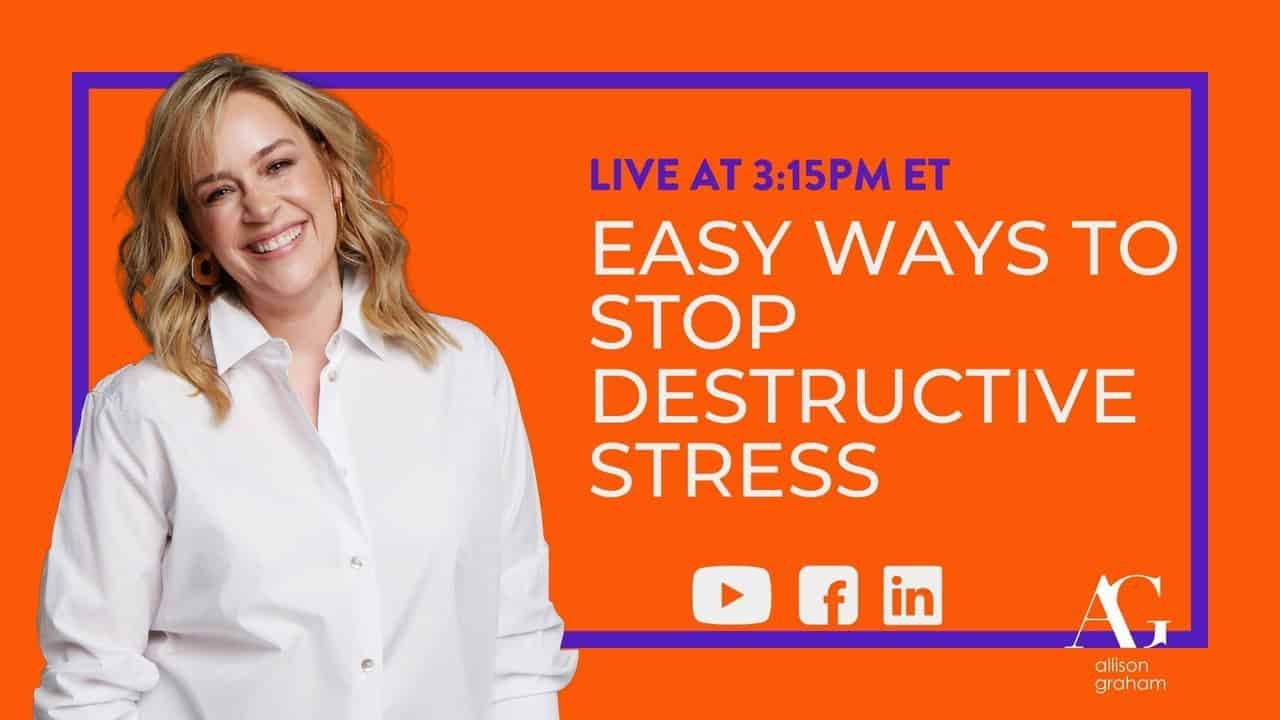It’s never the buyer’s responsibility to reach out to a business owner and say, “Hey, I want to buy from you.” Rather, it’s your responsibility to follow up on something that you promised such as a demo or more information about your product or service. Following up is all about convenience for our prospects. We have to make it easy for others to buy our products or use our services.
In this article, I’ll dive into the topic of following up – the why, the how, and the when. If you prefer to listen, watch my video at the bottom of this page.
2 Reasons Why People Don’t Successfully Follow Up on Leads and Clients
One of the reasons we don’t follow up is maybe a confidence issue. We think that someone’s “no” is a no forever – and so we wouldn’t want to follow up with that person because we don’t want to seem annoying or pushy.
But you’ll never know – what if that person said “no” the first time, but a few months down the road, that person would actually be needing the product or service that you’re offering? So many things and situations make people change their minds – a “no” now is not a “no” forever.
The second reason we don’t follow up is because we’re just too busy and we like to forget. We go to networking events and we meet a lot of people. We head from meetings to meetings, and the list of people we need to follow up with just becomes too long. Well, this shouldn’t be an excuse. Later in this article, you’ll read a practical strategy on how to handle a long list of leads.
How to Follow Up with Leads and Clients
The best follow-up is the one that is expected. Say you’ve met someone at an event and you and that person discussed your business. You can follow-up along the lines of “Hey, it was really nice to meet you. Let’s be connected on LinkedIn.” (or another call to action that will lead to an ongoing connection.
Also when you’re at a networking event and you meet people whom you promised to give more information about your business, you can follow up by fulfilling those promises of the information they need. This type of follow-up is a really effective strategy.
A Tip on Dealing with a Long List of Leads
Say you’re at a networking event and you meet a lot of people. If you have two pockets, you can put the most relevant business cards into one pocket, and the other pocket will contain the business cards of the people for whom there is no obvious or urgent reason to reconnect. Because we already have lots to do, we can turn to the stack of business cards in the priority pocket first.
Another trick I use is this: When I make a promise to follow up, I dog ear the person’s business card before I put it into my pocket. That way, when I get back to my office, I know exactly which cards are the priority for a follow-up.
When Should You Follow Up
As we’re all professionals who have a lot of tasks on our plate, what I can recommend is to set aside a time on your calendar to follow up.
For instance, if you book an hour client meeting, when you put the client meeting on your calendar, automatically book in your schedule a focused work block within the 48 hours of that meeting. This is when you will activate all of your promised follow-ups.
You can track your leads and follow ups by using apps like Salesforce or any other automated customer relationship management system online. Should you want to track manually, no problem. Just create a list with a pen and paper. But for myself, actually putting things into my calendar is very helpful – especially when a follow up won’t happen for six weeks or longer.
If you have any tips and tricks about how to effectively follow up, please share them in the comments below.
[load_video_on_click link=”https://www.youtube.com/watch?v=_sIBwyr3i6I” load_on_click=”off”]

